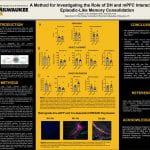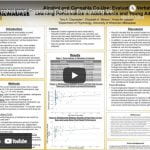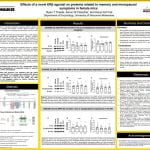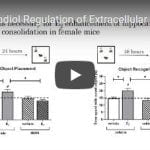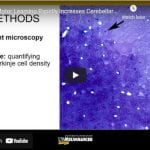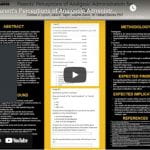A Method to Investigate the Role of DH and mPFC Interactions in Episodic-Like Memory Consolidation
Carnita Lincoln, “A Method to Investigate the Role of DH and mPFC Interactions in Episodic-Like Memory Consolidation” Mentors: Karyn Frick and Miranda Schwabe, Psychology Concurrent activity in both the dorsal hippocampus (DH) and medial prefrontal cortex (mPFC) is necessary for…… Read More
